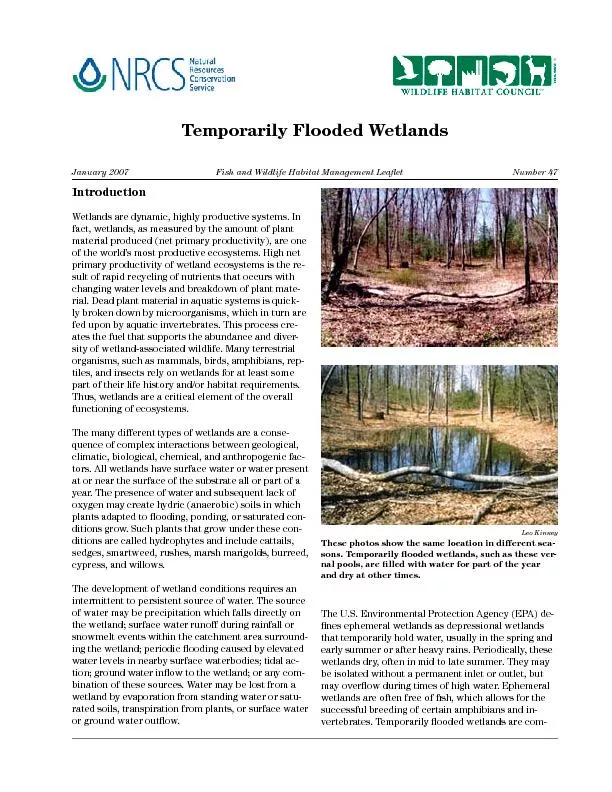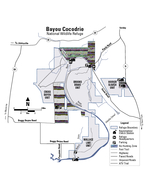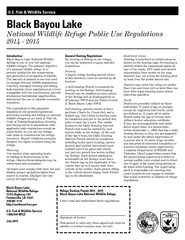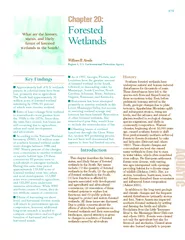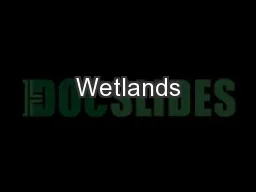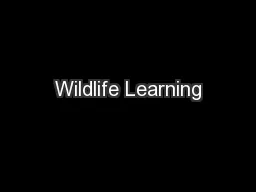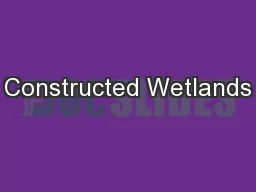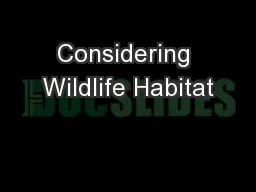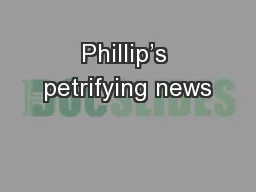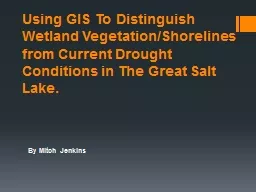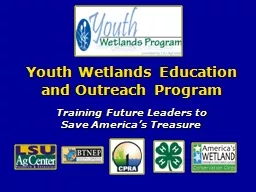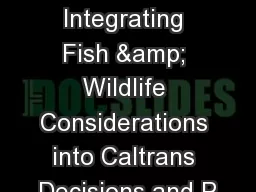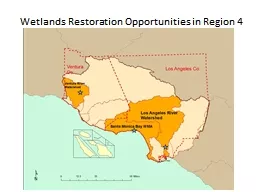PDF-Temporarily Flooded Wetlands Fish and Wildlife Habitat Management Le
Author : celsa-spraggs | Published Date : 2016-08-12
Introduction Wetlands are dynamic highly productive systems In fact wetlands as measured by the amount of plant material produced net primary productivity are one
Presentation Embed Code
Download Presentation
Download Presentation The PPT/PDF document "Temporarily Flooded Wetlands Fish and ..." is the property of its rightful owner. Permission is granted to download and print the materials on this website for personal, non-commercial use only, and to display it on your personal computer provided you do not modify the materials and that you retain all copyright notices contained in the materials. By downloading content from our website, you accept the terms of this agreement.
Temporarily Flooded Wetlands Fish and Wildlife Habitat Management Le: Transcript
Download Rules Of Document
"Temporarily Flooded Wetlands Fish and Wildlife Habitat Management Le"The content belongs to its owner. You may download and print it for personal use, without modification, and keep all copyright notices. By downloading, you agree to these terms.
Related Documents

